How Payroll Software Can Save Time and Reduce Errors
One of the most time-consuming and error-prone tasks in any business is managing payments by hand. Every detail needs to be carefully thought out, from figuring out pay and extra to making sure that tax deductions are correct. One missed decimal or wrong entry can cause funds to be late, compliance problems, and unhappy workers.
Payroll management gets harder as teams get bigger. Often buried in spreadsheets, HR and financial staff members spend whole days making modifications, correcting mistakes, and attempting to maintain order. This degree of inefficiency wears on peace of mind as well as output. Productivity and mental health are both negatively impacted by this level of inefficiency.
Today’s ERP solutions are changing that. With built-in payments Software, businesses can now make payments more efficient, cut down on mistakes made by humans, and free up valuable team time that was previously spent on boring administrative tasks.
The Real Cost of Manual Payroll Processing
Calculating monthly compensation is just one part of payroll processing. Everything from deductions and perks to tax compliance and bonuses as well as recordkeeping and reporting is a part of it. Traditionally, HR professionals would manually complete this activity using spreadsheets or basic accounting software.
According to the 2022 EY Global Payroll Survey, organizations that manually process payroll spend significantly more time per payroll cycle compared to those using automated systems, with automation reducing processing time by up to 60–80%. Moreover, 1 in 5 payrolls contain errors, which often lead to compliance fines and employee dissatisfaction.
Common challenges in manual payroll include:
- Data entry errors
- Delayed salary processing
- Incorrect tax deductions
- Failure to update compliance rules
- Duplicate payments
- Difficulty managing remote or freelance teams
Each of these not only drains time but also introduces the risk of reputational damage and legal consequences.
How Payroll Software Solves These Issues
-
Automated Calculations with Perfect Accuracy
From basic salary and overtime to deductions including taxes, insurance, and loans, payroll systems determine everything using pre-defined rules. These systems drastically lower human error.
-
Easy Compliance
Labor rules and local taxes vary often. Most respectable payroll platforms are automatically changed to represent the most recent compliance criteria. This keeps audits and fines off your company. Some even have built-in country-specific guidelines, including those for multinational corporations running across many tax regimes.
-
Integrating Time Tracking
Many payroll tools integrate with time and attendance systems. This implies that payroll calculations automatically consider leave records, clock-in/out data, and shift scheduling, therefore lessening the requirement for hand synchronizing or cross-verification.
-
Portals of Self-service
Through self-service dashboards, workers may access payslips, send tax documentation, request leaves, and change bank or contact information. This increases openness and helps HR to be less burdened.
How It Reduces Errors and Improves Accuracy
An effective payroll system uses pre-defined procedures to consistently apply the right computations, hence reducing the likelihood of mistakes. Problems like forgotten deductions, duplicate entries, or incorrect tax computations are detected early on.
Since most of the data is automatically extracted from reliable sources, human mistake becomes far less likely. Every payroll run is more consistent as HR professionals are spared manually copying data from emails or spreadsheets.
This level of accuracy has ripple effects. It not only keeps employees happy but also ensures that tax and labor authorities won’t come knocking with warnings or fines. The more accurate the payroll, the fewer the surprises later on.
ERP Integration: The Bigger Picture
Payroll software becomes even more powerful when integrated into a full ERP Solution.
When payroll is part of a centralized ERP system:
- Data is synchronized across departments (HR, Finance, and Admin)
- Reporting becomes dynamic (real-time dashboards, consolidated reports)
- Cost centers are easily tracked (salaries by project, department, or team)
- Leave, bonus, and performance data are interconnected
This unified approach ensures that payroll isn’t operating in a silo. It becomes a strategic asset tied to workforce planning, profitability analysis, and compliance oversight.
Final Thoughts
In conclusion, payroll software greatly simplifies the payment process, which helps to decrease human mistake and increase efficiency. As a result, employee happiness is enhanced and compliance is guaranteed. Businesses may turn payroll from a tedious chore into an essential tool for supporting overall financial and operational goals by automating operations and connecting with more general ERP systems.
Ready to make payroll effortless? FINAC ERP delivers a complete, customizable payroll solution designed to grow with your business.

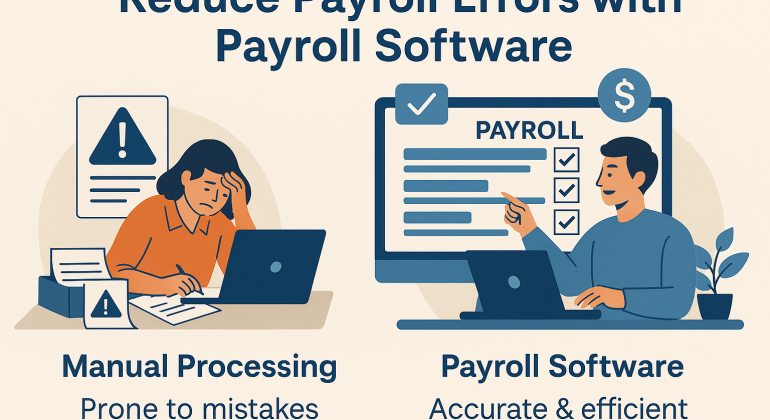
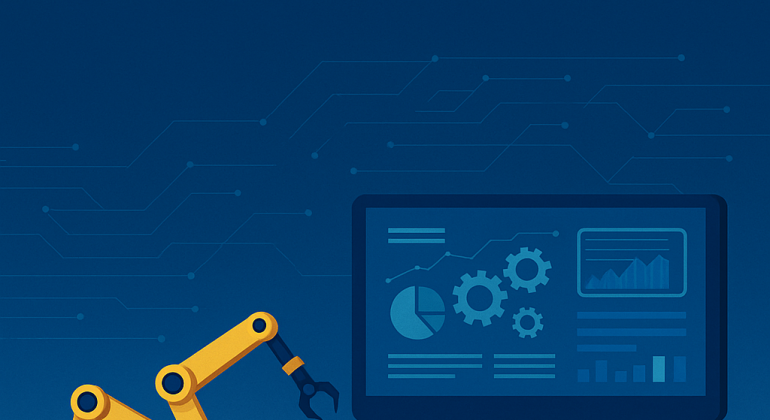
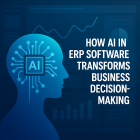
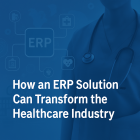

Recent Comments